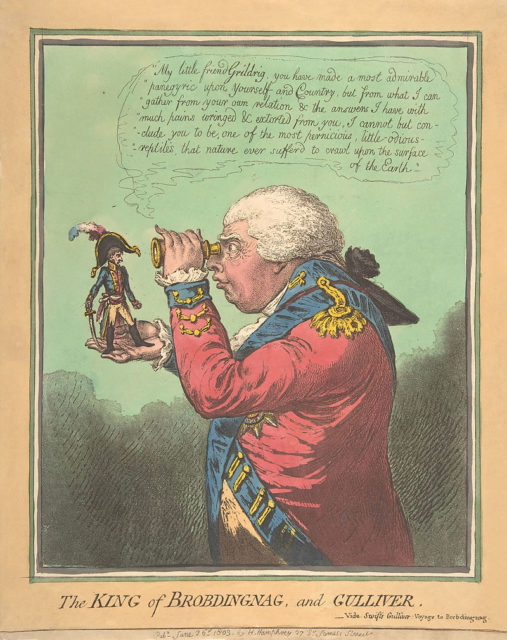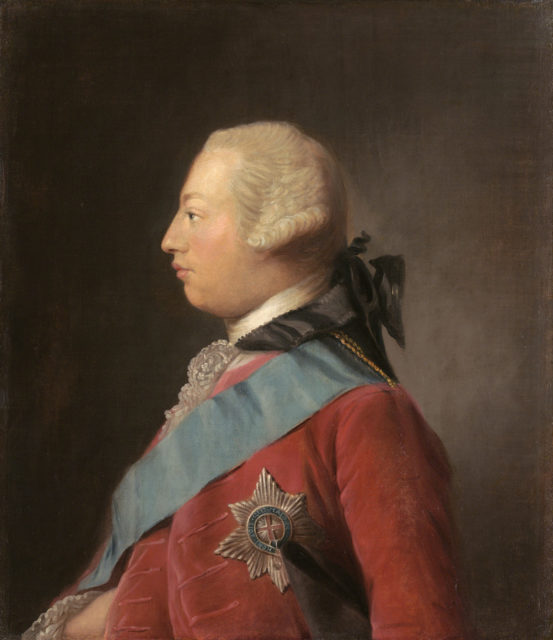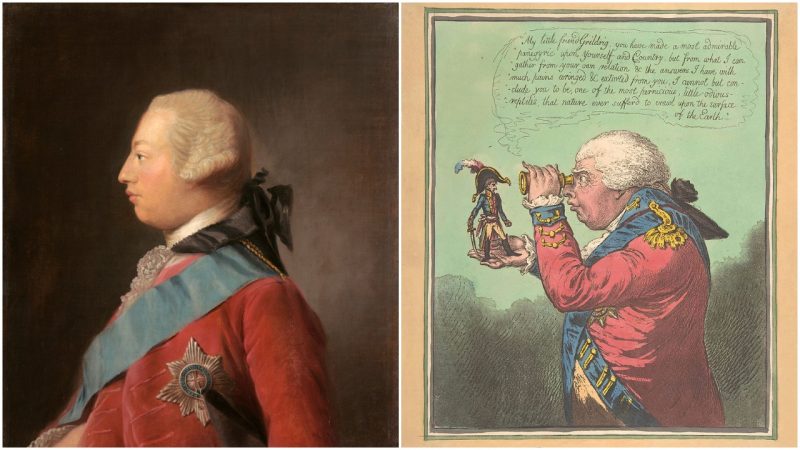George III became the King of Great Britain and Ireland in 1760 and ruled until 1820. Although he was respected by the people and led successful military campaigns during the Napoleonic wars, he is mainly remembered as the “mad King George who lost America”.
During the reign of George III, Great Britain was defeated in the American War of Independence, and the American colonies were lost. When the United States were founded, George III quickly acknowledged the United States as a new country and welcomed John Adams as the de facto ambassador from the United States.

Many historians claim that George’s unusual political decisions were influenced by a madness that resulted from a severe hereditary disease called porphyria, a genetic blood disorder. George III was known to have suffered acute attacks of madness and nausea, and reports of the time document an unusual symptom that accompanied these attacks: purple urine.
This symptom is common for people suffering from porphyria, and this disease is known to cause acute attacks of madness that resemble psychosis or delirium. During the attacks, George III would reportedly talk for hours and wander around completely naked, and after the attacks, he had to be treated with morphine because of crippling pain.


The madness of George III was always thought to have resulted from porphyria, but a study conducted in 2013 shed new light on the circumstances surrounding his attacks. Researchers from St. George’s University in London concluded that George III in fact suffered from a mental illness.
They analyzed the letters written by George III during his acute episodes, and they concluded that these letters radically differed from the ones written during his period of good health. They contained unusually long sentences and complex vocabulary, and the BBC reported that “these are the features that can be seen today in the writing and speech of patients who experience the manic phase of psychiatric illnesses such as bipolar disorder.”

Another argument that supports this theory is the fact that George III’s medical records show that during his attacks he was treated with a plant called gentian. The ingestion of this plant may cause human urine to turn purple for a time, so it is plausible that George III in fact suffered from a mental illness, and his most notable symptom was a side-effect of his medications.
Read another story from us: Mental health and treatment through the ages
The reign of George III was marked by his acute attacks of madness, but medicine of the time was not nearly as advanced as it is nowadays, so historians can only speculate on the true nature of his illness. The research conducted at St. George’s University offered a new perspective on the illness of the “mad King”; his alleged long-time battle with porphyria may be a historical myth.
